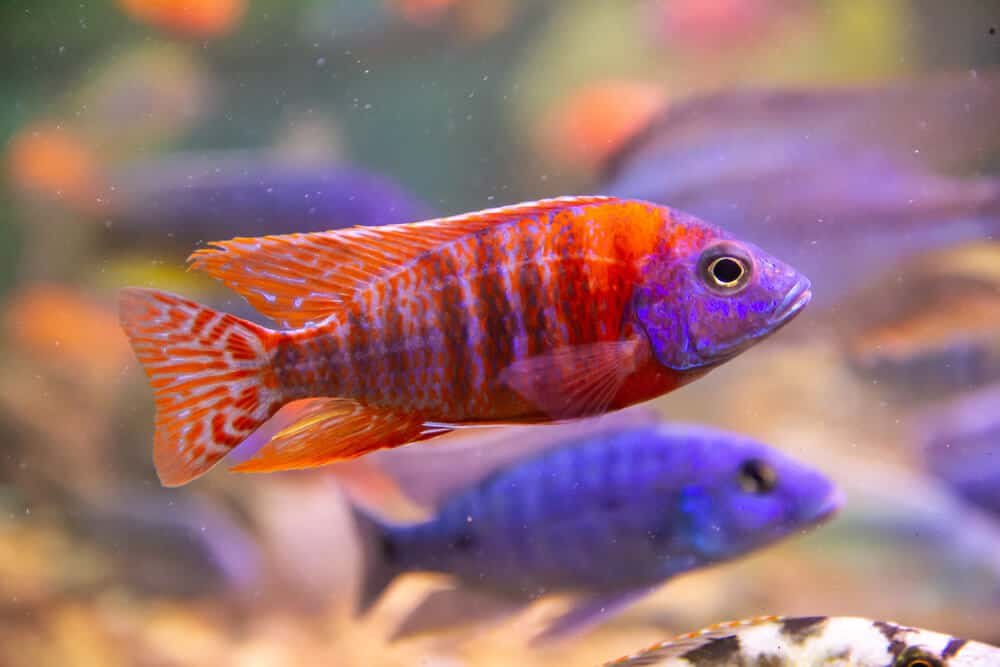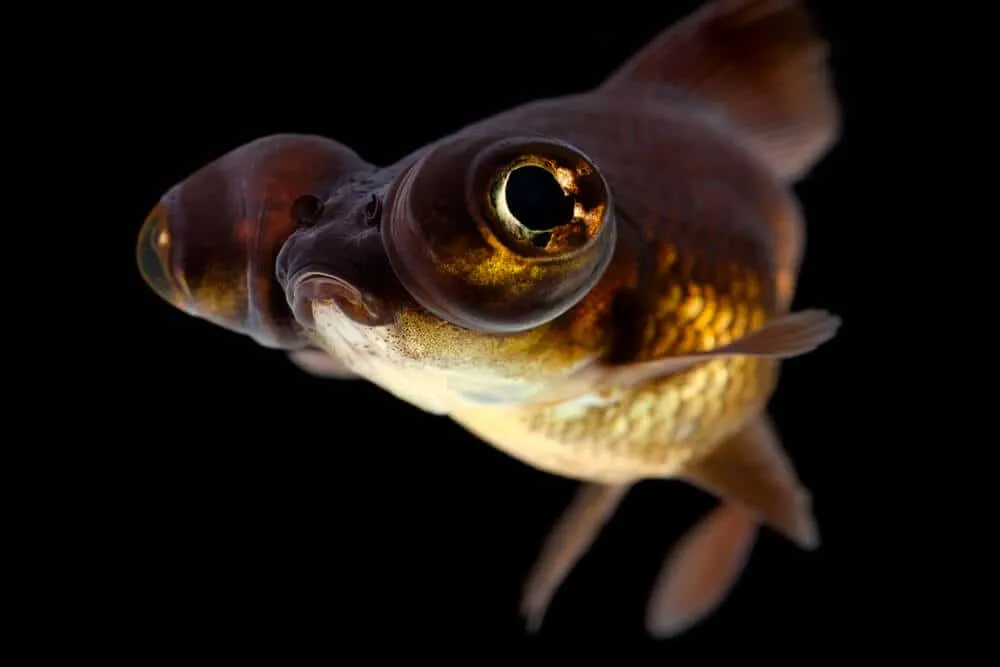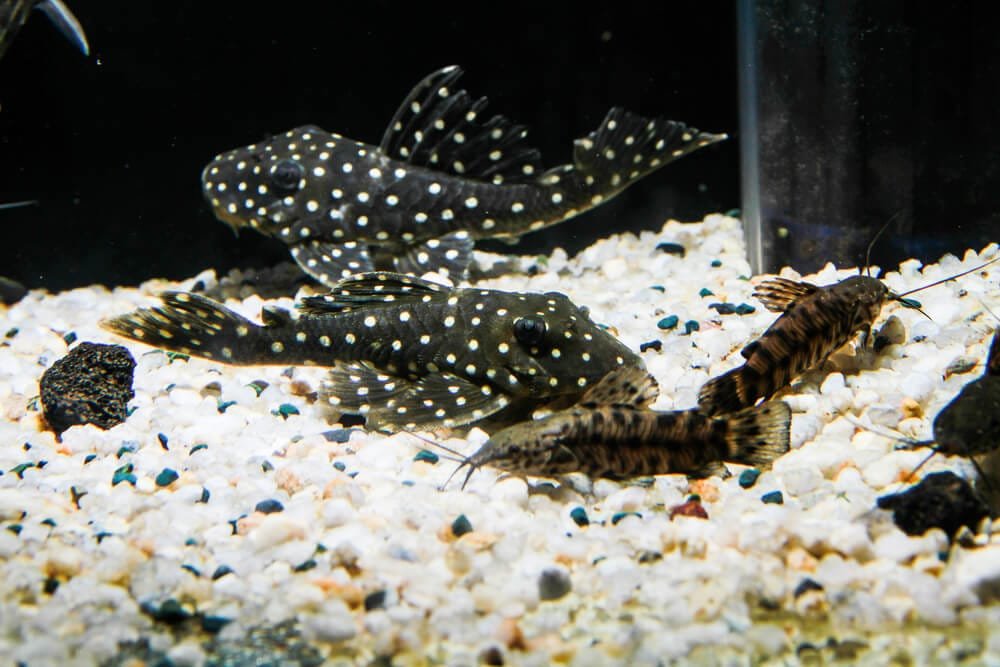How Can I Tell The Gender Of A Betta Fish?
Have you ever wondered how to determine the gender of a Betta fish? Well, you’re in luck! In this article, we’ll explore some simple yet effective ways to identify whether your Betta fish is a male or a female. With a few tips and tricks up our sleeves, you’ll soon be an expert at deciphering the gender of these beautiful aquatic creatures. So, without further ado, let’s dive into the enchanting world of Betta fish genders!
Physical Appearance
Fins
When it comes to distinguishing the gender of a Betta fish, their fins can provide some clues. Male Bettas typically have longer and more elaborate fins compared to the females. Their fins are often flowing, colorful, and can be the most eye-catching feature of the fish. On the other hand, female Bettas have shorter, less flamboyant fins that may appear more rounded in shape.
Body Shape
Apart from the fins, the body shape of a Betta fish can also hint at its gender. Male Bettas tend to have a more streamlined and slender body shape, while females have a rounder and plumper appearance. This difference in body shape is due to the male’s need for agility during courtship and territorial interactions.
Coloration
Coloration in Betta fish can vary greatly between individuals, and it is not a reliable indicator of gender. Both males and females come in a wide range of vibrant colors, including shades of red, blue, purple, and even multicolored patterns. While males often exhibit more intense and striking coloration, females can also display beautiful hues and intricate patterns.
Behavioral Differences
Aggression
One of the most prominent behavioral differences between male and female Bettas is their level of aggression. Male Bettas are generally more territorial and aggressive, especially towards other males. This behavior is commonly referred to as “fighting” or “flaring,” as males will flare their fins and display aggressive postures when confronted by another male. Female Bettas, on the other hand, are typically less aggressive and can often be kept together in groups.
Bubble Nest Building
Another behavior commonly observed in male Bettas is bubble nest building. Male Bettas construct elaborate nests at the water’s surface by creating bubbles using saliva and floating plant material. This behavior is typically associated with courtship and breeding, as the male builds the nest to hold and protect the eggs. Female Bettas do not engage in bubble nest building.
Flaring
Flaring is a behavior primarily exhibited by male Bettas, although some females may also flare on occasion. When a male Betta flares, it extends its fins fully and spreads them wide apart, making the fish appear larger and more imposing to potential rivals. Flaring is often a display of dominance and aggression, especially during territorial disputes.
Courtship Behaviors
During courtship, male Bettas will display various behaviors to attract the attention of a female. These behaviors may include flaring, darting, and performing intricate swimming patterns. The male may also build a bubble nest and engage in elaborate dances to entice the female. Female Bettas, on the other hand, may show minimal or no courtship behaviors, as they are primarily focused on selecting a suitable mate.
Size and Age
Adult Size
The size of a Betta fish can vary depending on its gender and genetic factors. Male Bettas tend to be slightly larger than females, with an average size ranging from 2.5 to 3 inches in length. Female Bettas, on the other hand, are typically around 2 to 2.5 inches in length. It’s worth noting that there can be size variations among individuals, so it’s essential to consider other characteristics when determining the gender.
Growth Rate
The growth rate of a Betta fish can vary depending on various factors, including genetics, diet, and living conditions. Generally, Betta fish reach their full adult size within six months to a year, with males often growing slightly faster than females. However, it’s essential to provide optimal care and nutrition to ensure healthy growth and development.
Breeding Age
Betta fish can reach sexual maturity at different ages, depending on various factors such as genetics and environmental conditions. Generally, male Bettas can begin breeding as early as three to four months old, although it’s advisable to wait until they reach six months of age to ensure their physical and reproductive maturity. Female Bettas can also start breeding at around four to six months of age, but it’s important to provide them with proper care and nutrition to ensure optimal breeding conditions.
Vent Identification
Male Vent
Vent identification can be a helpful method for determining the gender of a Betta fish. In males, the vent is located below the anal fin, towards the rear of the fish. It appears as a small and elongated opening.
Female Vent
In contrast, the vent in female Bettas is located nearer to the front of their abdomen, just below their rounded belly. It also appears as a small opening but may be less elongated compared to the vent of males.
Anal Fin Shape
Male Anal Fin
The anal fin of a male Betta typically has a more pointed and elongated shape when compared to the anal fin of females. This characteristic can be observed when examining the fin from a side view. The male’s anal fin’s elongated shape is believed to aid them in maneuverability and during courtship displays.
Female Anal Fin
Female Bettas have a shorter and more rounded anal fin compared to males. The rounded shape of the anal fin helps distinguish female Bettas from their male counterparts.
Egg Spot
Purpose of the Egg Spot
The egg spot, also known as the ovipositor, is a small white dot located near the posterior vent of some female Betta fish. Although it may seem insignificant, the egg spot serves as an essential visual cue during courtship and breeding. Male Bettas mistake the egg spot for their potential mate’s eggs and may exhibit increased courtship behaviors when they observe the spot.
Presence in Males and Females
It’s important to note that while the egg spot is usually found in females, some male Bettas may also develop an egg spot-like marking due to genetic variations. However, it’s crucial to consider other physical and behavioral characteristics when determining the gender, as the presence of an egg spot in males does not necessarily indicate their sex.
Secondary Sexual Characteristics
Beard
One of the distinctive secondary sexual characteristics of male Bettas is the presence of a beard, also known as the “beard” or “beard flaps.” This fleshy, bearded extension is located beneath the chin and is most prominent during aggressive displays and flaring. The beard allows the male Betta to appear larger and more impressive during territorial interactions and courtship.
Extended Pelvic Fins
Male Bettas also possess extended pelvic fins, which are located on the sides of their body, near the ventral region. These fins are usually longer and more elaborate compared to those of female Bettas. The extended pelvic fins aid in swimming and are often displayed during courtship and aggressive encounters.
Body Slender vs. Rounded
As mentioned earlier, male Bettas generally have a slender and streamlined body shape. Their bodies are designed for agility and quick movements, especially during courtship and territorial confrontations. In contrast, female Bettas have a rounder and plumper body shape, which helps facilitate egg production and breeding.
Head Shape
While it may vary among individuals, male Bettas often possess a more pointed and angular head shape compared to females. The broader and rounder head shape of female Bettas is believed to be an adaptation for egg production.
False Eyespot
Some male Betta fish may exhibit a false eyespot on their anal fin. This eyespot, also known as an ocellus, resembles an eye and is believed to serve as a mechanism for confusing potential predators or rivals. The false eyespot can be an intriguing and visually striking feature of male Bettas.
Expert Opinion on Coloration
Mixed Opinions
When it comes to coloration, opinions among experts vary. Some experts believe that the intensity and vibrancy of coloration can indicate the gender of a Betta fish, with males generally exhibiting more vivid colors. Others argue that coloration alone is not a reliable indicator of gender, as both males and females can display vibrant hues and intricate patterns.
Factors Affecting Coloration
Various factors can influence the coloration of Betta fish, regardless of their gender. Genetic factors, diet, and environmental conditions all play a role in determining the expression of coloration. Providing a balanced and nutritious diet, maintaining suitable living conditions, and avoiding stressors can help promote optimal coloration in Bettas.
Genetic Testing
DNA Analysis
For more precise determination of a Betta fish’s gender, genetic testing through DNA analysis can be conducted. This method involves analyzing the fish’s DNA to identify specific genetic markers or sequences associated with gender. DNA analysis can provide conclusive results and is often used in professional breeding programs to ensure accurate pairing of male and female Bettas.
Professional Assistance
If you’re unsure about the gender of your Betta fish or desire a reliable confirmation, seeking professional assistance from a veterinarian or an experienced breeder can be advantageous. These experts possess a wealth of knowledge and experience in determining Betta fish gender and can provide accurate guidance and assistance.
Conclusion
Determining the gender of a Betta fish can be an exciting and rewarding process. By considering various physical and behavioral characteristics, such as the shape and coloration of fins, body shape, and specific behavioral patterns, it’s possible to make an educated assessment of a Betta’s gender. While some differences between male and female Bettas are more obvious, others may require closer examination. For more accurate and conclusive results, genetic testing through DNA analysis can be pursued with the assistance of professionals. Whatever method you choose, remember to provide your Betta fish with the proper care and environment, ensuring their well-being and happiness.






